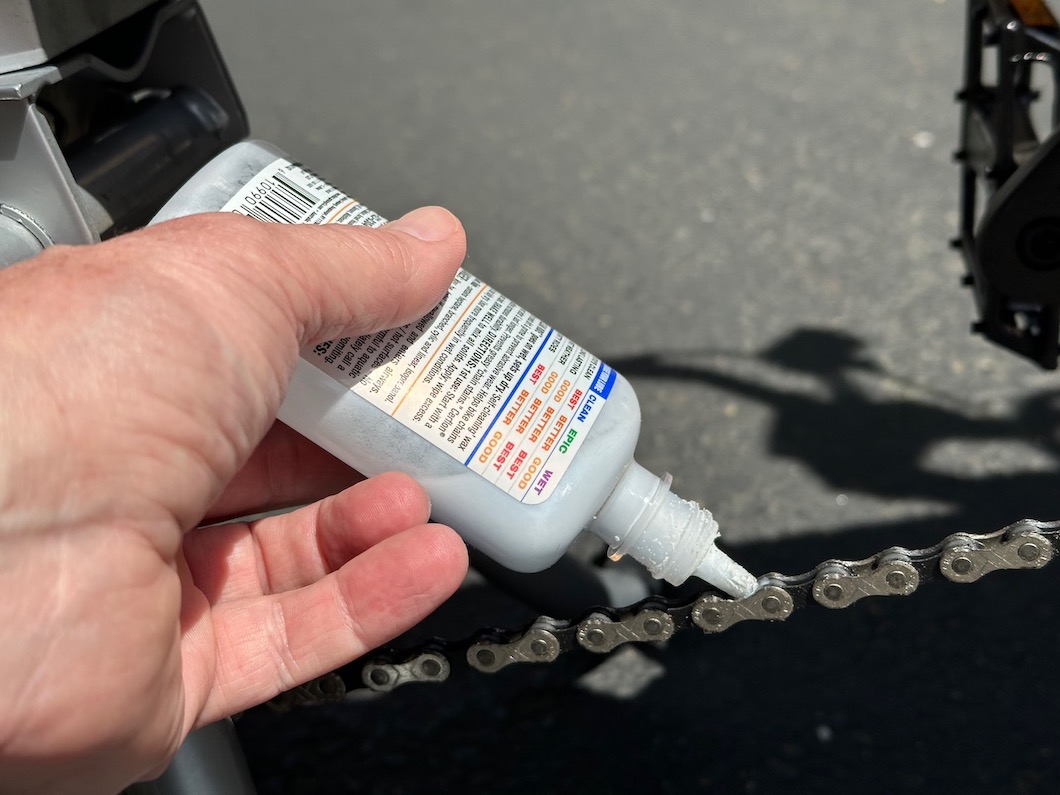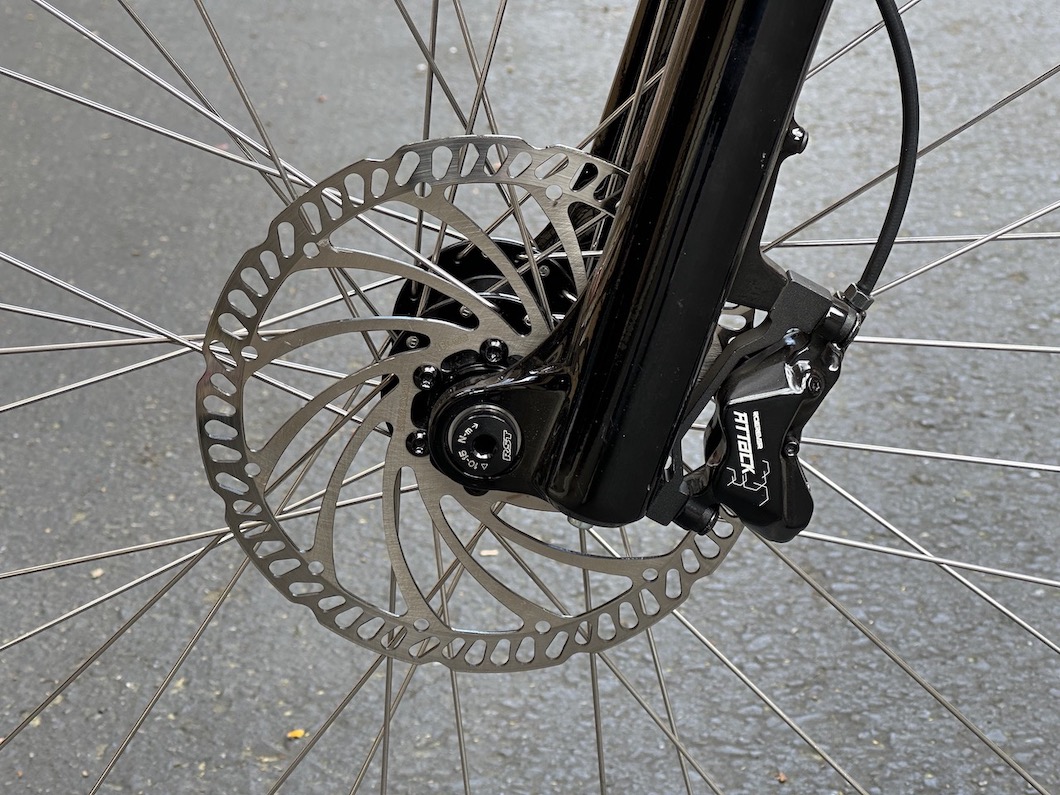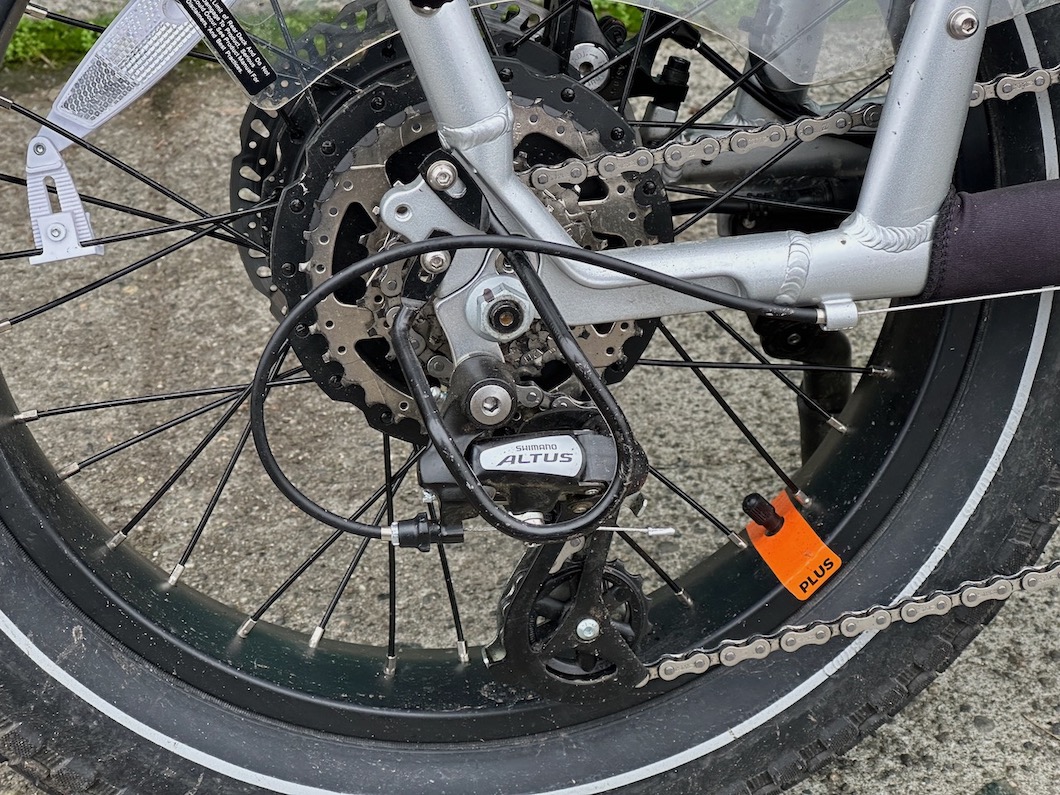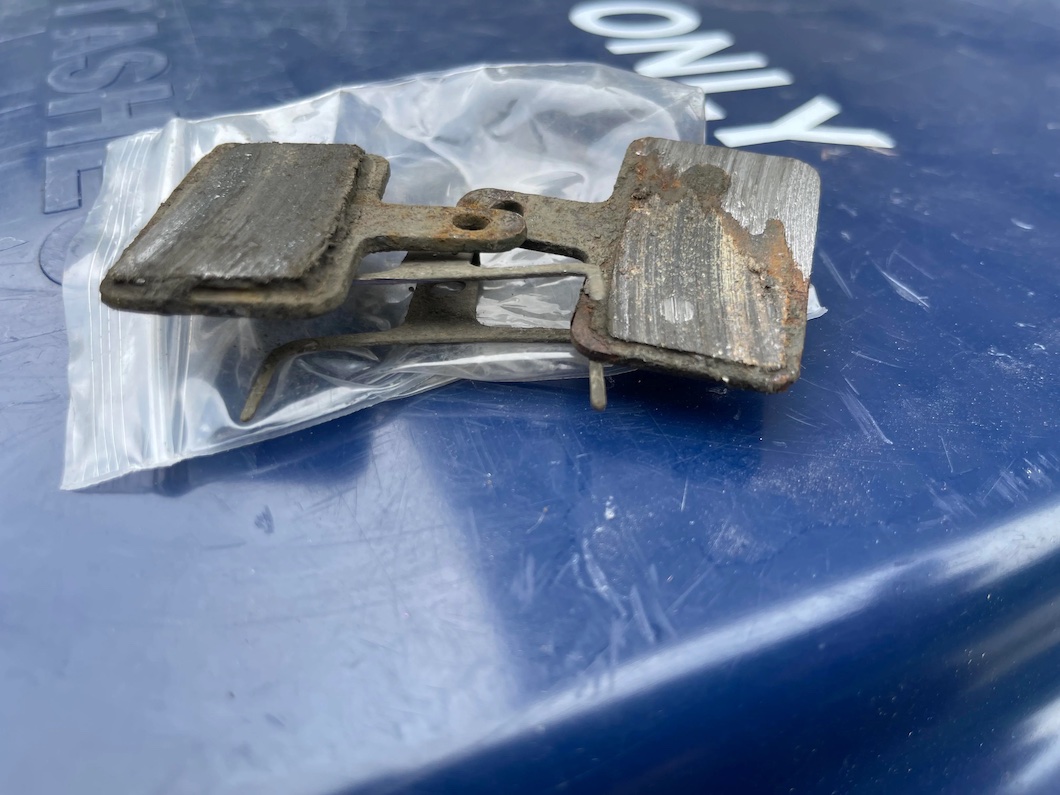
The answer might surprise some folks. The simple truth is, not very often. E-bikes are made to be used day-in-day-out by regular people who don’t know how to give an e-bike a tuneup. They need to be able to function faithfully or they aren’t very useful as a substitute for a car. As a result, most e-bikes are much more Toyota Corolla than they are Ferrari.
That’s not to say they don’t need some maintenance. E-bikes are also similar to cars in that, while a few things need to be done with some regularity, many things don’t require any attention until they don’t perform as they did previously. We’ll outline which things need regular attention vs. which don’t, as well as how to judge whether something is a problem or not.
Home vs. shop
E-bike maintenance can be divided into two different buckets. The first set is composed of those things that can be performed by most anyone at home. These are simple to do and crucial to making sure that the e-bike can be ridden reliably.
For the DIY-Type

Of all the maintenance an e-bike needs, pumping up the tires is the single most important. It will take the better part of a month for tires that were fully inflated to go flat. And while they will hold air for a long time, to perform predictably, an e-bike’s tires need to be pumped up regularly.
We’ve heard of people pumping up tires to higher pressures with the goal of pumping the tires up less often. That’s not the way to go. The higher the pressure the tire is pumped to the easier it is to puncture. Pumping tires to the same pressure every few days means that the e-bike’s tires will have consistent traction, and a consistent sense of traction is important when braking and in turns.
The other side of the tire pressure issue is also important: Running tires with too little pressure can result in the rim pinching the tire against the ground, which can result in what’s called a “snake bike” flat, where two tiny cuts are made in the innertube from the rim compressing the tire all the way to the ground.
Lubricating the chain is the other aspect of regular maintenance that a rider needs to do. The key here is that lubing the chain needs to be done regularly, not frequently. Depending on how dry the environment is where someone lives, a chain may not need to be lubed more than every other month. The easiest way to know if it’s time is if … it squeaks.
When applying chain lube, make sure to hit each link and then let the lube soak into the rollers for a few minutes, then wipe the chain with an old rag.
Should someone find themselves riding in the rain, upon arriving home, take a moment to wipe the bike down with an old towel and then give the chain a thorough wipe with a rag, followed by a light application of chain lube. That will prevent the chain from rusting overnight.
Head to the shop

There’s no hard rule about how often an e-bike needs a tuneup. Often, an e-bike, like a car, will only need maintenance when a problem shows up. Here are a few common issues and how to tell when to visit the shop.
Shifting. An e-bike’s drivetrain should upshift (faster gear) and downshift (easier gear) without hesitating. Often, the first indication that something is off with the shifting is that the e-bike will struggle with downshifts. The rider will find themselves pushing the lever beyond the click before the chain shifts into an easier gear. If a rider pushes a shifter by one click and the chain doesn’t fully finish shifting, it’s time to visit the shop.
Brakes. Muscle memory plays a role in brake performance. For riders with hydraulic disc brakes, the indicator to watch for is if the brake lever travels more before the brake engages, or—worse—if the lever moves all the way to the grip. This is an indication that there is air in the hydraulic line. This is pretty easy to verify: If after pulling on the lever several times in quick succession the brakes engage as before, that suggests that air has entered the system and a qualified mechanic can bleed the brakes. Riders need not visit an e-bike-specific shop to have the brakes worked on; a mechanic at any good bike shop will be able to handle this.
Next is the issue of squealing brakes. With both mechanical disc brakes and hydraulic disc brakes, a nasty screech coming from the brake caliper when someone brakes is a sign that the brake pads are worn enough that they need to be replaced. It’s a good idea to take the e-bike to the shop for pad replacement; there are more different size and shape brake pads than seems necessary, but buying the right pads is pretty important. Again, this is something that doesn’t need to be done until the rider hears noise.
Chain and cassette. E-bikes with mid-drive motors insert power before the drivetrain, not after it. That means that all those watts are helping to turn the chainring, which puts significant stress and wear on the chain and cassette. E-bikes with hub motors don’t have this issue, so the chain and cassette tends to last much longer on those e-bikes.
To reduce wear on the chain and cassette, we recommend always downshifting before climbing a hill or coming to a stop. Climbing a hill in a big gear and starting from a dead stop in a big gear will reduce the lifespan of both the chain and cassette and, in time, the chainring as well.
The way to tell if the chain and cassette are worn out is if the chain skips when in one of the faster gears (small cog in back). If when pedaling the pedals sometimes jump forward a bit, that’s a sign that the chain has suffered significant wear.
Replacing the cassette is much more expensive than replacing the chain. For the rider who wants to avoid replacing the cassette, replacing the chain every 500 mi. will help to prevent the need for purchasing the more expensive component.
Many bike shops sell a small tool called a chain-wear indicator. Slipping it into the chain once a month will help a rider know just when it’s time to go get a new chain installed.
The value of noise

Wearing earbuds and listening to music while riding has an obvious appeal. Great tunes on a bike ride? What’s not to like? Forgetting safety concerns, we’re going to suggest leaving the earbuds out for at least some rides. There’s no better indicator for when an e-bike needs maintenance than noise.
Dry chains squeak. Worn brake pads squeal. Maladjusted drivetrains grind and gnash. Even bike experts can have a difficult time telling when parts need work if they aren’t making noise. When an e-bike begins making noise that’s an indicator that things are off, but probably not yet dire. Few noises are bad enough to force a rider to the curb to make the call of shame and ask for a ride home.
Think of the noise as a notification, not a crisis.


Leave a Reply